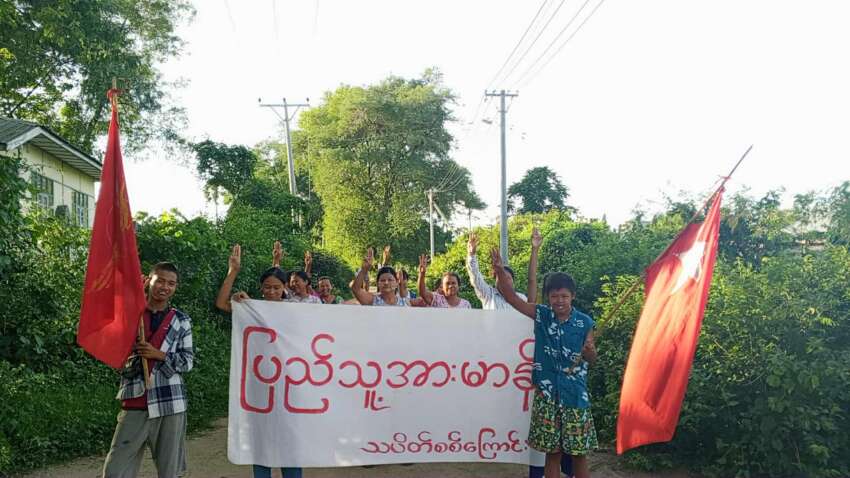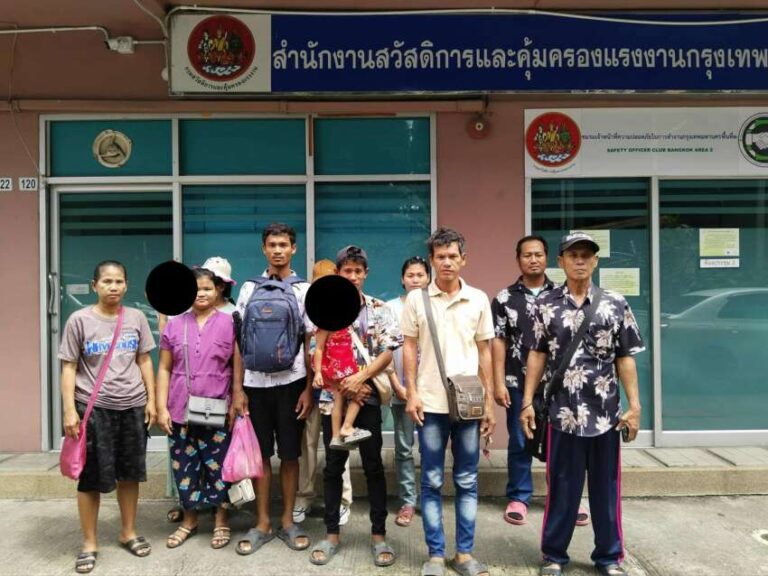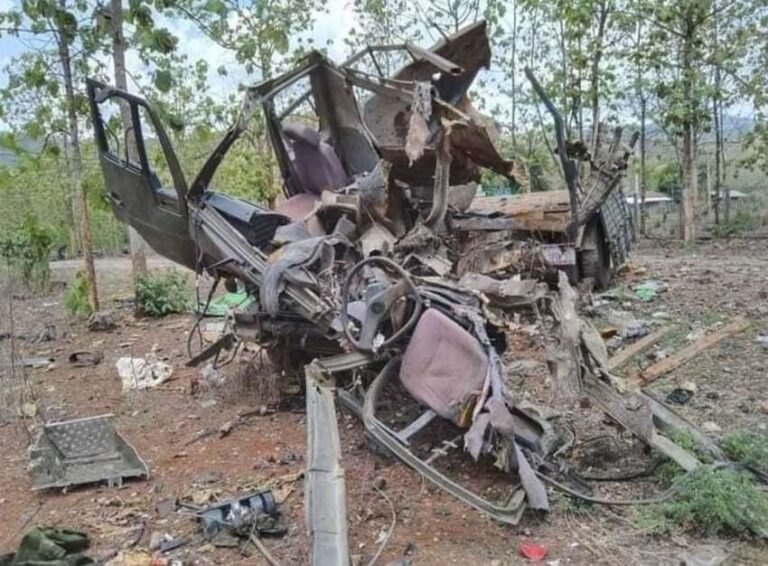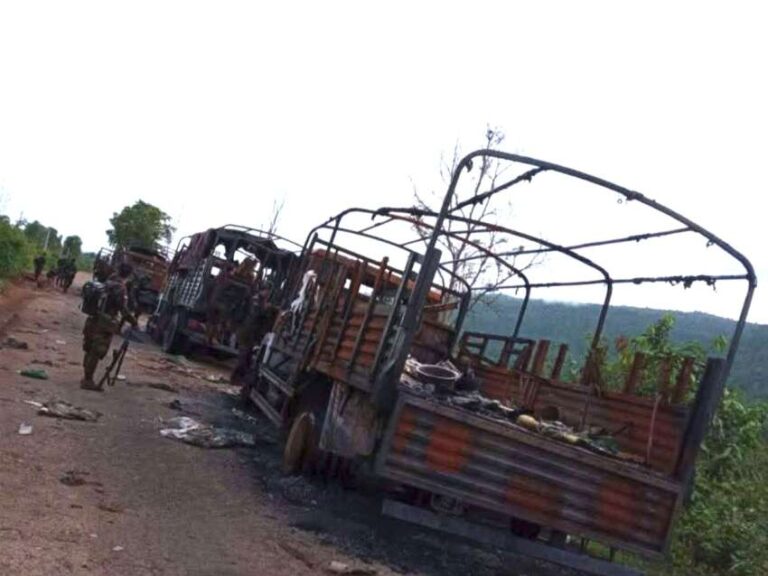
A representative from the 11 Brother Revolution Force confirmed that 12 military council troops were killed during clashes in Ngazun Township, Mandalay Region, on July 8th and 12th. The fighting began when revolutionary forces engaged military troops who were burning civilian homes while raiding Kunle village after moving from their base in Nganmyagyi village. During the initial confrontation, the military council forces suffered heavy casualties and were forced to retreat, allowing revolutionary forces and local residents to extinguish the fires set to civilian homes.
Although the military council troops sustained significant losses during the battle, revolutionary forces were unable to capture weapons and ammunition due to heavy air and naval support provided by the military council. On July 12th, when military forces attempted to withdraw from Ngazun Township with full ground, naval, and air support, resistance forces launched an ambush along their route, resulting in 12 military council troops killed and many others wounded. The revolutionary forces successfully withdrew from the engagement without casualties.
The military base at Nganmyagyi village had approximately 50 troops, and the clash involved additional forces that arrived via boats along the Ayeyarwady River. The military council forces used herds of cattle as cover while advancing, and revolutionary forces, who had taken positions in an orchard, engaged them at a distance of about 100 meters. During the battle, military vessels provided heavy artillery support while air assets offered additional fire support, forcing the revolutionary forces to withdraw before they could collect any weapons or ammunition from the battlefield.
The fighting demonstrated the continued resistance against military council forces in the region, with revolutionary forces maintaining their ability to conduct effective operations despite facing superior firepower from military council units. The successful defense of civilian areas and prevention of further destruction of homes highlighted the importance of local resistance forces in protecting civilian populations, even when confronted with combined arms operations by military council forces using ground, naval, and air assets.



